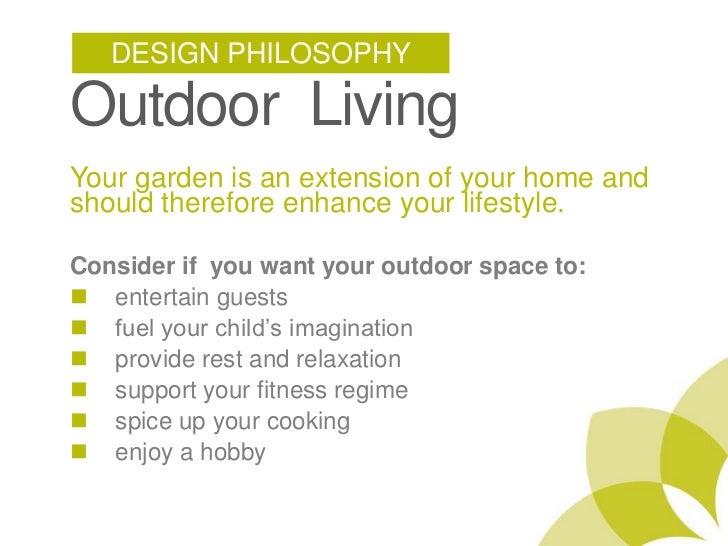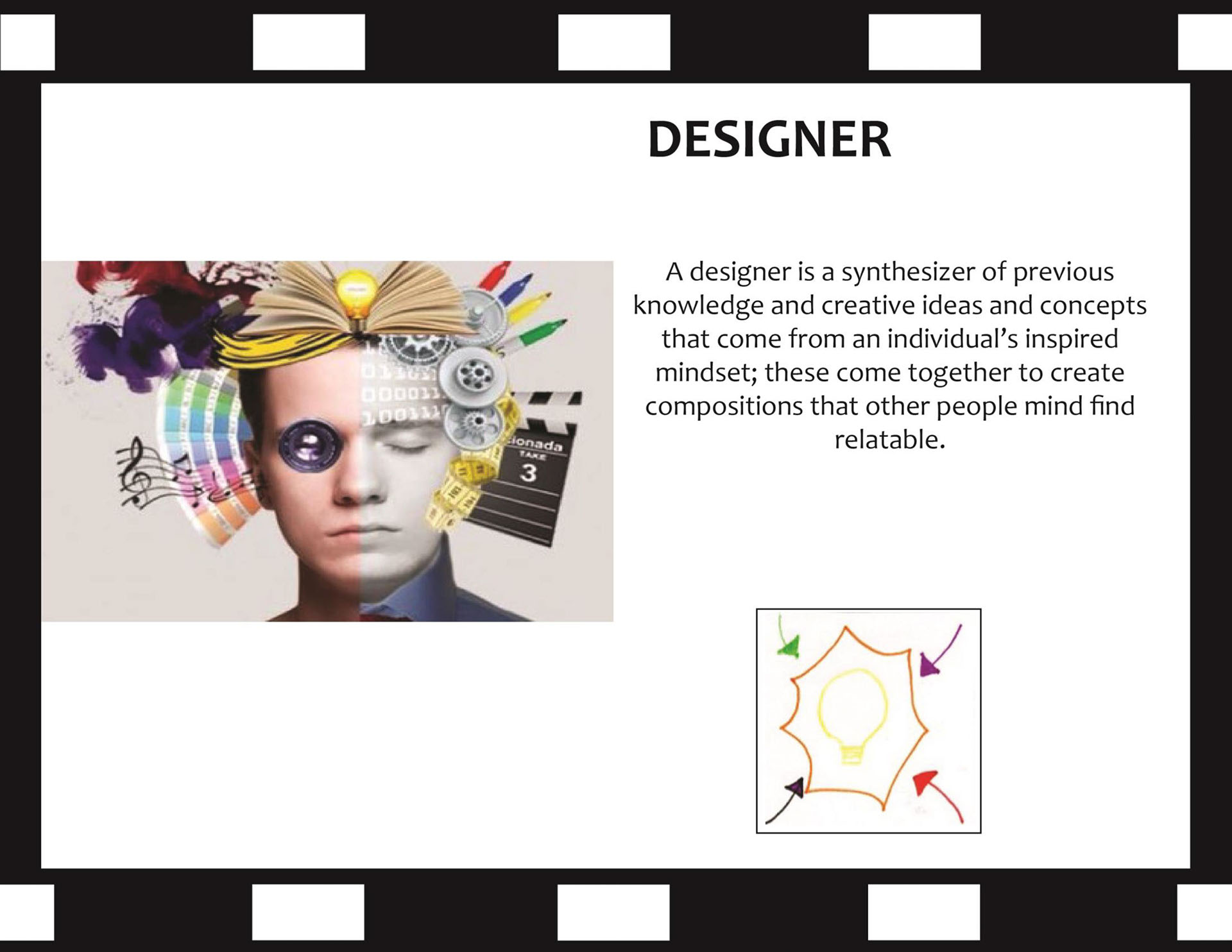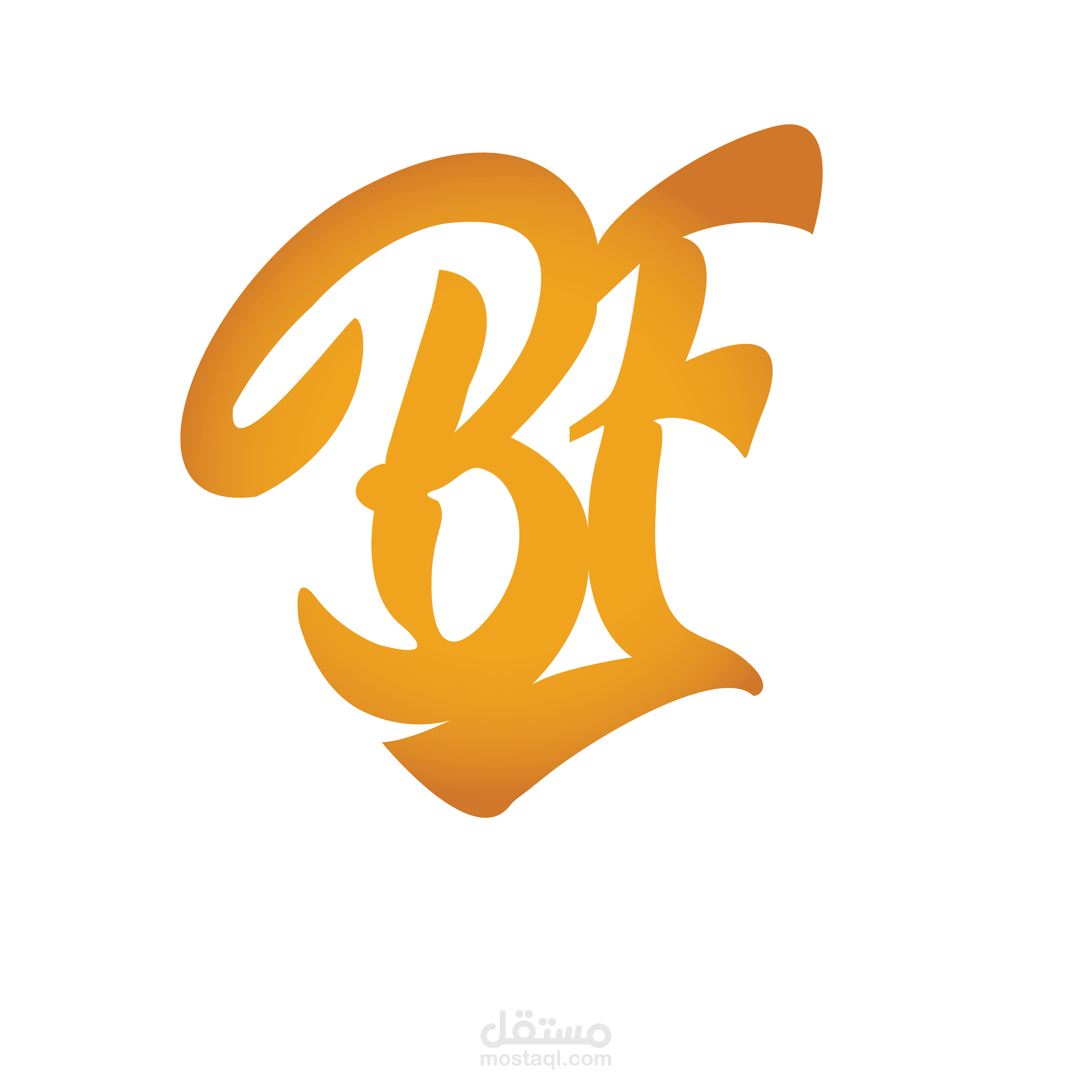Table Of Content

I want to get to know the moral ontologies of my users (Taylor, 15–18). By eliciting their stories and living a day in their lives, good designers can provide services that react to their users’ worldviews. IBM has always served as a medium between mankind and machine, blending science, service and society to pave a path towards progress.This relationship is the basis of our brand and every experience with IBM. Through big transformations and day-to-day tasks, we help them get from here to there to deliver peak professional performance and smarter business by design. Central to the design thinking process is prototyping and testing (more on that later) which allows designers to try, to fail, and to learn what works.
Involve users
Use defaults wisely – when you offer predetermined, well-considered options, you help minimize users’ decisions and increase efficiency. Yves Behar, often regarded as one of the most influential industrial designers alive (and chief creative officer of Jawbone) likes to say that “the work of a designer is really at the intersection of commerce and culture”. The best example of this design philosophy can be seen throughout Gehry’s substantial body of work, from the radical exterior of the Guggenheim Museum to the dream-like quality of the ‘Dancing House’. Although Frank Gehry would be the last one to align himself with a school of design, much of his work has been obsessed with deconstructivism — destroying all traditions and rebuilding things in your own vision.
Adrian Newey delivers telling admission as RB20 design philosophy revealed - MSN
Adrian Newey delivers telling admission as RB20 design philosophy revealed.
Posted: Thu, 11 Apr 2024 00:56:37 GMT [source]
Subscribe for design and UX inspiration
Talking directly with users helps uncover not only what they do, but also why they do it. The WWF logo, shown earlier, is an example of making use of the principle of gestalt to create interesting designs. By placing the parts of a panda near one another and strategically, the design makes use of our tendency to view the whole of an image rather than its parts, thereby creating an illusion of a panda. Gestalt refers to our tendency to perceive the sum of all parts as opposed to the individual elements. The human eye and brain perceive a unified shape in a different way to the way they perceive the individual parts of such shapes.
References & Where to Learn More
Design philosophy serves as a powerful tool for product designers, providing a clear framework and guiding principles that steer their creative process. In this article, we explored the concept of design philosophy, its elements, and its significance in the field of product design. By understanding the importance of having a design philosophy, designers can elevate their work, create meaningful products, and make a lasting impact. For instance, let’s consider a design philosophy centered on user-centricity and simplicity. In practice, this philosophy would influence the form of the product, emphasizing clean lines and intuitive interfaces.
Examples of Visual Design Elements and Principles
Inside Gauri Khan's design philosophy: Luxury, comfort, and functionality - The Indian Express
Inside Gauri Khan's design philosophy: Luxury, comfort, and functionality.
Posted: Thu, 04 Apr 2024 07:00:00 GMT [source]
Designers must recognize this reality and approach their work with a sense of responsibility, acknowledging the potential influence their creations can exert on societal perceptions and understanding. Or at least these are the perceptions of a designer’s clients and the design community, which, let’s be honest, isn’t that big of a deal when you consider the vastness of the universe and the inevitability of our own mortality. Apologies for the somewhat negative start, but it is an elephant that is difficult to hide.
What is Design Philosophy?
Keep your UI uncluttered by kicking off your design process with a basic, low-fidelity wireframe. If you want to keep it even simpler, just sketch out the basics in a paper prototype before making it digital. Designers should perform usability testing to monitor and assess usage patterns (actions, responses and reactions). The feedback gathered in these tests will indicate which components of their interface need to be adjusted in order to make the user experience seamless and intuitive. Luckily, the Justinmind team has handpicked our favorite design philosophies, from leading UX, web, and industrial designers, to help you make the all-important decision.
As a designer, I concern myself with the experienced relationship of humans with our technology. My first and foremost concern is to consider how continued interaction with a form of technology will change the ways in which we perceive ourselves, and other human and non-human actors. What does Human-Computer Interaction (HCI) Design mean, and how does it relate to Experience Design? HCI emerged out of the contemporary demand for interactive computing systems to afford themselves towards workers, especially in office desk jobs and the military.
Visual Aesthetics
As I fumbled through an answer I realized I didn’t really have an articulated design philosophy, or at least not one that easily came to mind. I thought what he said is somehow related to this design philosophy by Frank Gehry. To be able to design in the now yet last for a long time I think is a true achievement for an architect. It would sound pathetic to study historical structures that only replicated its own past.

This design philosophy speaks of deconstructivism – designs that go against all traditions and building them in accordance to your own vision. But to grasp the implications of design outcomes, judgement must be made. That is, I feel unable to move forward because I am responsible for the design outcome, whether I know what is at risk, or worse, ignorant of what should be considered for risk. It is in these moments that judgments to move forward must be made at the best of my abilities. What helps is to be prototyping the alternatives when bigger judgments are made, so I am able to put my ideas out to stakeholders to interpret their reactions and determine if there is any glaring error in my design.
Recent developments highlight Cadence's emphasis on innovation, like its third-generation "dynamic duo" of Palladium Z2 enterprise emulation and Protium X2 enterprise prototyping systems. The company touted record $6 billion backlog in the quarter and $3.1 billion in current remaining performance obligations (cRPO). It also noted success for its Millennium supercomputing platform, including with a "leading automaker."
Yet, this is a very real possibility for the multitude of bike-lanes for the cycle-saturated Denmark (see “Dutch Solar Bike …”). There is no “right” design, but there is the most appropriate design situated for the stakeholders it serves. Design thinking isn’t just for “things.” If you are only applying the approach to physical products, you aren’t getting the most out of it. Design thinking can be applied to any problem that needs a creative solution. When Eppinger ran into a primary school educator who told him design thinking was big in his school, Eppinger thought he meant that they were teaching students the tenets of design thinking. It was only part of the solution, but if the idea had been rejected outright, or perhaps not even suggested, the company would have missed an important aspect of the solution.
At the most basic, a design philosophy can be presented as a written documentation that can be viewed, shared, and edited on a regular basis. It’s important to distinguish between design concepts and design philosophy. While design philosophy represents the broader framework and guiding principles, design concepts are more specific ideas or solutions within that philosophy. Design concepts are the tangible manifestations of a design philosophy, serving as the building blocks for the actual design solutions. The purpose of this essay is to distill and communicate my current design philosophy, as a reflection upon my design practice over the past two years. The curriculum I worked through is labeled as Human-Computer Interaction Design, thus other designers silo my colleagues and I into the realm of tech and screen interfaces.
But this doesn’t mean that they should take their own design assumptions as gospel. However, this is one of the few scenarios where we recommend that the Product Owner or leader sets their vision first, then talks to users to confirm they’re solving the right problem. We can use colour, shape, contrast, scale, and/or positioning to achieve this. For instance, most websites have a main “hero” image, which uses dominance to appeal to users, drawing them to it naturally. We use colours in visual design to convey emotions in and add variety and interest to our designs, separate distinct areas of a page, and differentiate our work from the competition.
Scale can be used to create a hierarchy for and add emphasis to certain elements on a design. By using scale to make an element larger than others appearing with it, you can emphasise that element. Not only can you make an element stand out this way—you can also use scale to create a sense of depth (since nearer objects appear larger to the human eye). Exaggerated scales of images also add a certain level of interest and drama to them. Balance can be achieved by having symmetry in the design (for instance, having a webpage with centralised text and images). However, you can also achieve balance without symmetry — perhaps unsurprisingly, this is known as asymmetrical balance.
It establishes a core set of beliefs about quality and integrity and employs a system of standards by which the success of your designs can be benchmarked. At its most effective, a design philosophy pulls all of your detailed decisions together into a comprehensive point of view that your users will recognize as uniquely yours. However, I wish to discuss the elements that I seek when trying to learn from others when I analyze them in the form of experience “users.” It is often discussed in our field the prominence of usability and “intuitive” design. The alternative hot-word is to find what makes certain designs “intuitive” for end users.

No comments:
Post a Comment